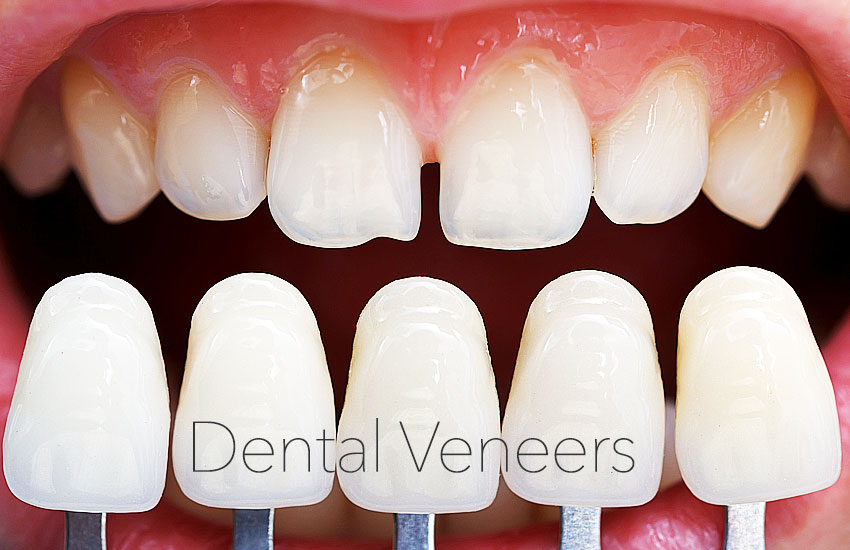Technological advancements in natural-looking, tooth-colored dental materials make today’s cosmetic dental treatments more durable and predictable than in years past. Cosmetic dentistry focuses on improving the appearance of a person’s teeth, mouth and smile.
Dental Veneers
Porcelain veneers, dental porcelain laminates, are custom porcelain covers for your teeth that can help brighten front teeth that have permanent stains or discoloration that can’t be whitened.
Veneers are a long term solution to changing the color of your teeth, to correct small gaps between the teeth, straighten teeth and to restore broken, chipped or fractured teeth.
Veneers are natural looking and strong.
Dental Bonding
If you’re embarrassed to show your teeth when you smile or talk due to poor spacing, tooth discoloration, or other dental problems, dental bonding may be the solution. Dental bonding is a less costly alternative for a number of cosmetic dentistry treatments, and is a very common procedure. If you’ve ever had dental work done, you’ve probably received a dental treatment that involves some type of dental bonding without even realizing it.
There are two types of dental bonding: direct composite bonding, and adhesive bonding. A dental bonding procedure usually will not take more than about 30 to 60 minutes per tooth, and rarely requires anesthesia. Before performing the bonding, your dentist will first clean your teeth thoroughly.
Enamel Contouring and Reshaping
This is a process used to shape natural teeth to improve their appearance. This shaping is to correct minor problems such as small chips, pointy teeth, rough edges and minor changes in shape and position.
Dental Crowns and Caps
In some cases where a tooth is composed of a lot of filling material and is very weak, it may be necessary to restore this tooth with a crown or cap. Crowns may be composed of porcelain so that there will not be a black line.
Dental Bridge
These are 2 options to replacing missing teeth. The choice of which one to use is dependent on a number of factors such as the tooth that is missing, the surrounding bone, the surrounding teeth, the bite and general health of the patient.
.x.





